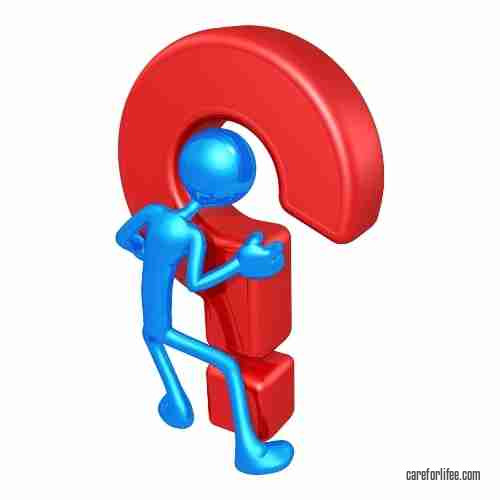How The Bicycle Gear Works?
The chain moves the gears, which are attached to the pedals, and this makes the bike go.
A bike’s gears are designed to give the rider a range of speeds to choose from while pedaling. The number of gears on a bike depends on the number of chainrings on the crankset and the number of cogs (teeth) on the cassette.
A bike with two chainrings (2x) and nine cogs (9-speed) is considered a 18-speed bike. A bike with three chainrings (3x) and nine cogs (9-speed) is considered a 27-speed bike. The more speeds a bike has, the more range of gears the rider has to work with.
The most common type of drivetrain on modern bikes is the derailleur drivetrain. This type of drivetrain uses a derailleur to move the chain from one chainring to another and from one cog to another.
The number of gears on a bike is determined by the number of chainrings on the crankset and the number of cogs on the cassette. The most common type of drivetrain on modern bikes is the derailleur drivetrain. This type of drivetrain uses a derailleur to move the chain from one chainring to another and from one cog to another.
The number of gears on a bike is determined by the number of chainrings on the crankset and the number of cogs on the cassette. The most common type of drivetrain on modern bikes is
How Does The Bicycle Gear Work?
The bicycle gear is a toothed wheel that meshes with another toothed wheel in order to provide mechanical advantage.

A bike’s gear works by using a chain to connect the front sprocket (or chainring) to the rear sprocket (or cog). The number of teeth on the sprockets determines how easy or hard it is to pedal. The larger the front sprocket, the harder it is to pedal. The smaller the front sprocket, the easier it is to pedal. The bike’s gear ratio is determined by the number of teeth on the front sprocket divided by the number of teeth on the rear sprocket.
For example, let’s say your bike has a 50-tooth front sprocket and an 11-tooth rear sprocket. The bike’s gear ratio would be 50 ÷ 11, or 4.5-to-1. That means for every one revolution of the pedals, the rear wheel will turn 4.5 times.
The higher the gear ratio, the harder it is to pedal, but the more speed you’ll get. The lower the gear ratio, the easier it is to pedal, but you won’t go as fast.
Most bikes have two or three chainrings in the front and seven or eight cogs in the rear. That gives you a lot of gear ratios to choose from. You can use a high gear for pedaling fast on level ground and a low gear for pedaling up hills.
To change gears, you shift the chain from one sprocket to another. On most bikes, you do this with your right hand. There’s a lever on the right handlebar that moves the chain from one sprocket to another.
Here’s how it works:
1. Push the lever away from the handlebar to shift the chain to a larger sprocket.
2. Pull the lever toward the handlebar to shift the chain to a smaller sprocket.
3. Practice shifting gears before you ride so you can do it without thinking.
4. When you’re ready to ride, start in a low gear.
5. Shift to a higher gear as you start pedaling.
6. Shift to lower gears as you slow down or pedal up hills.
7. Use the highest gear when you’re pedaling fast on level ground.
8. Use the lowest gear when you’re pedaling up a steep hill.
9. Downshift before you stop or turn so you’ll be in a low gear when you start pedaling again.
How Do You Change The Gears On A Bicycle?
To change the gears on a bicycle, you use the shifters.
If your bike has gears, you’ll need to learn how to change them. It’s not difficult, but it takes a little practice to get the hang of it. Here’s a step-by-step guide to help you out.
1. First, you’ll need to identify which gear you’re in. If you’re not sure, stop and take a look. The chain will be resting on a metal cog. There will be a number next to that cog. That number is the gear you’re in.
2. To change gears, you’ll need to use your left hand. Find the lever next to your left hand grip.
3. Push the lever in the direction you want to go. For example, if you want to go to a lower gear, push the lever towards the front of the bike. If you want to go to a higher gear, push the lever towards the back of the bike.
4. You’ll feel the chain move when you’ve changed gears. If you don’t, try again.
5. That’s it! Just keep pedaling and enjoy the ride.
Here’s a real-life example:
Let’s say you’re riding your bike on a flat road. You’re pedaling along at a good pace and you’re in gear 4. Suddenly, you come to a hill. You’ll need to change to a lower gear in order to make it up the hill.
To do this, simply push the lever on your left handlebar in the direction of the front of the bike. This will shift the chain to a lower gear. You’ll feel the bike start to slow down a bit, but that’s normal. Just keep pedaling and you’ll make it up the hill in no time.
FAQ
What Is The Purpose Of Having Gears On A Bicycle?
How Do You Know When To Shift Gears On A Bicycle?
Conclusion
The bicycle gear system is a complex machine that uses a variety of parts to function. The gears work together to create a pedaling action that helps the rider move forward.
Hopefully, you are clear on how the bicycle gear works now. If you still have any questions, feel free to comment below.







